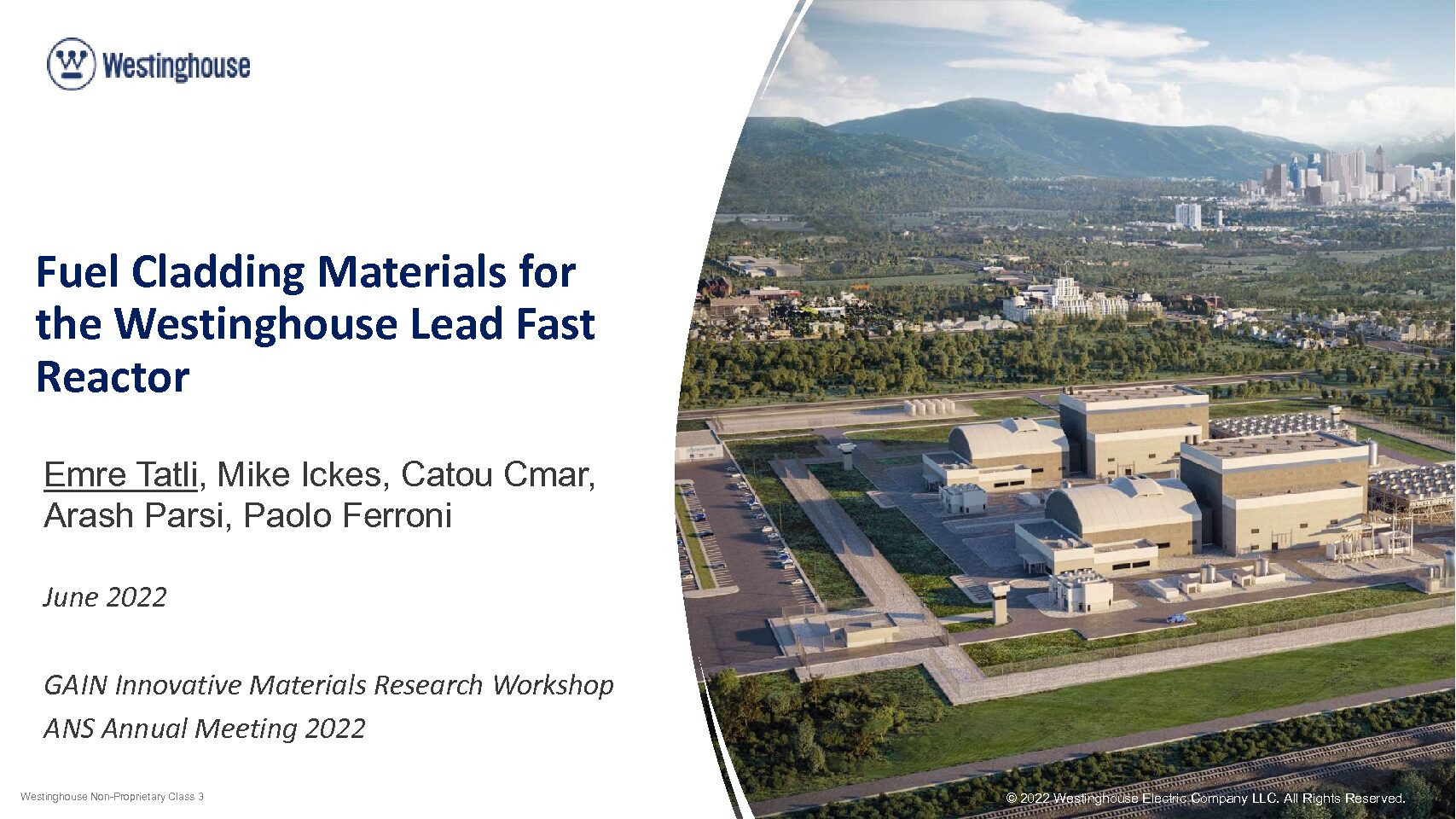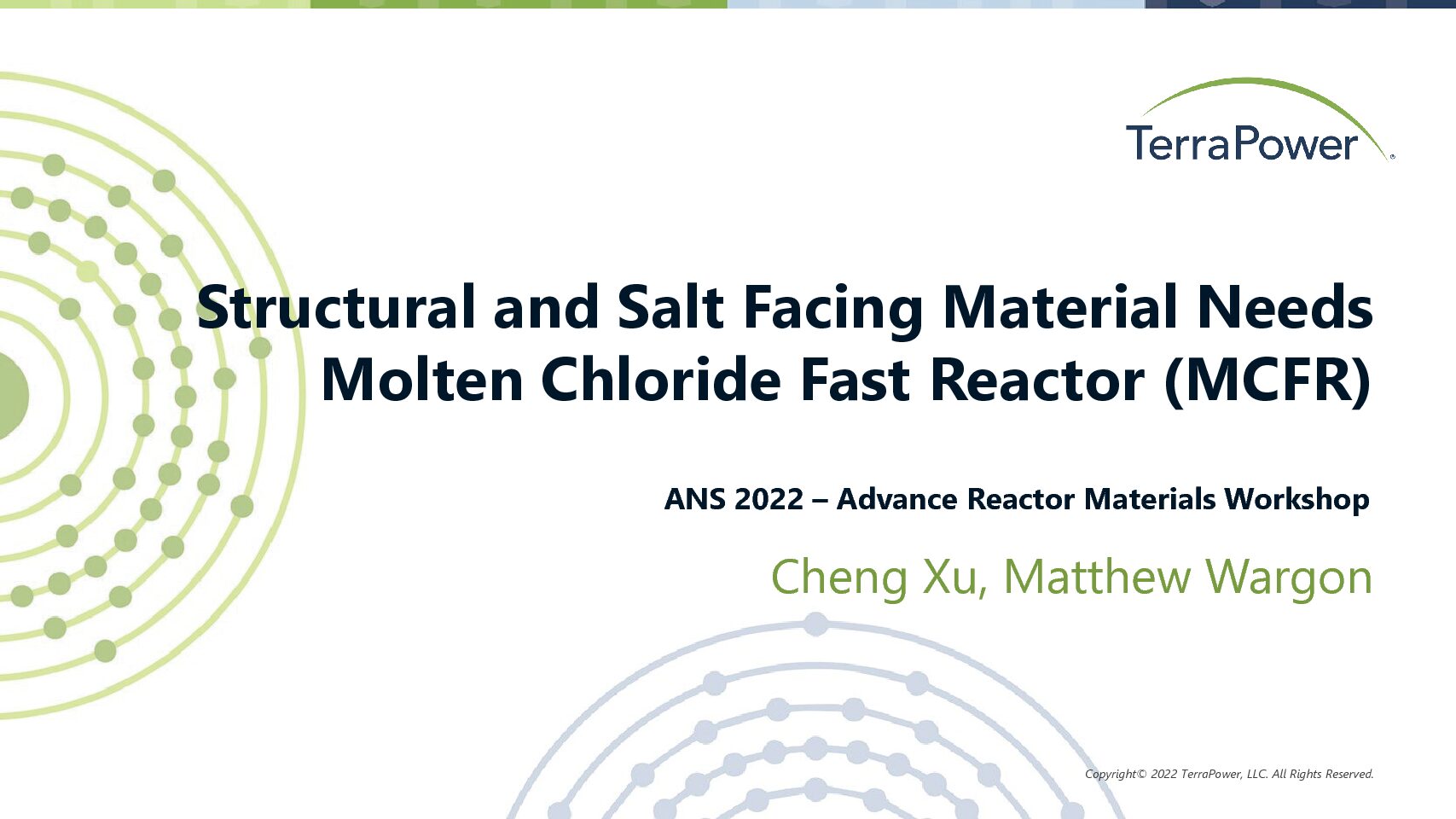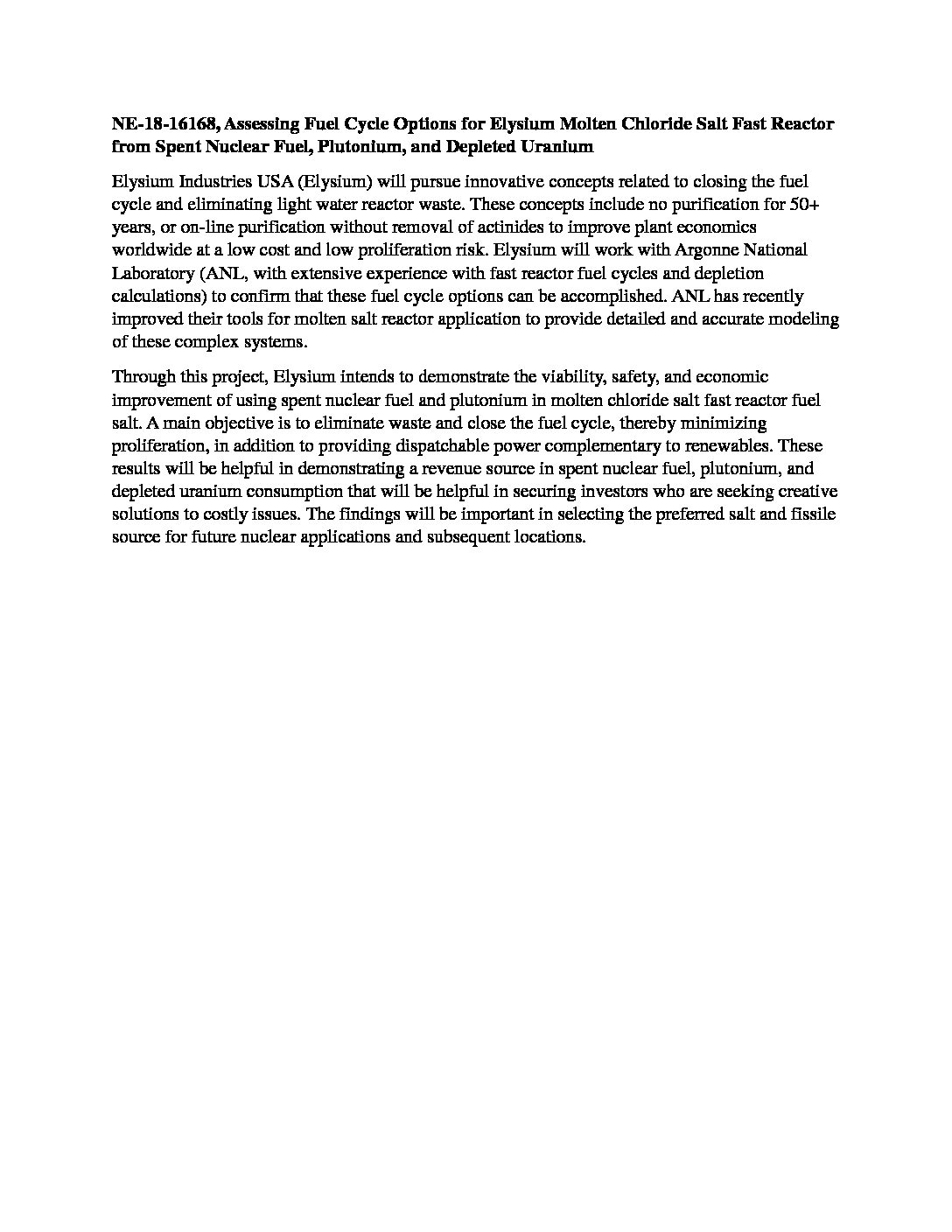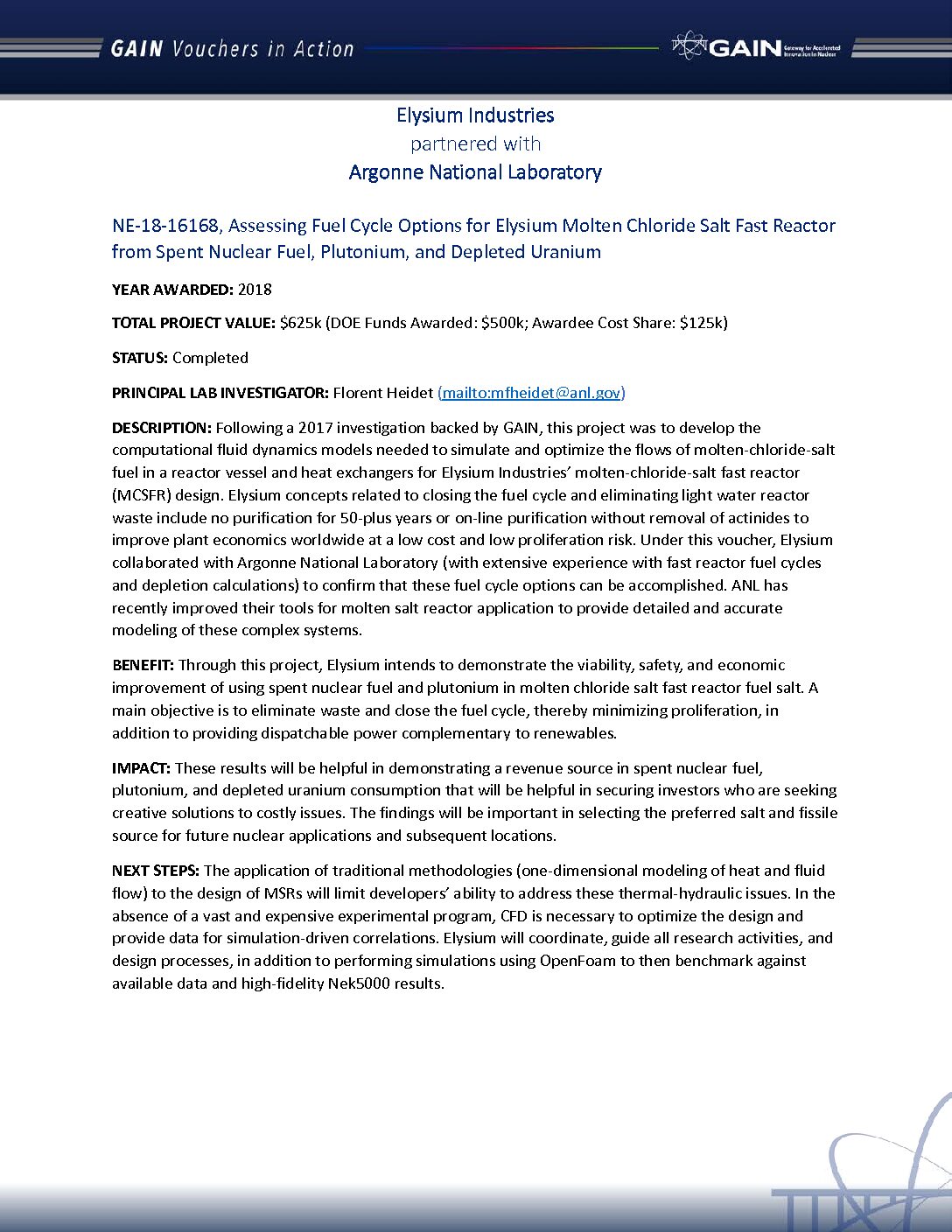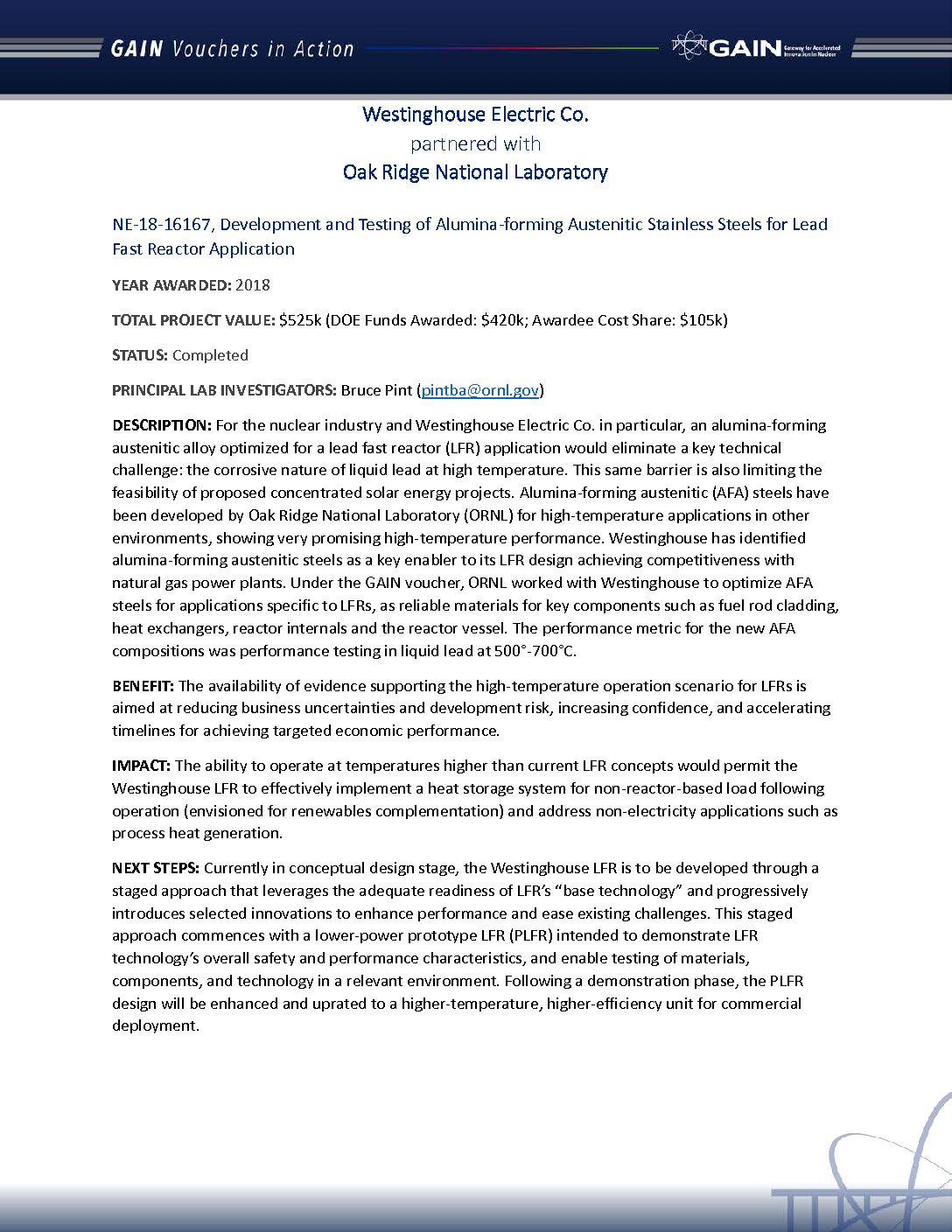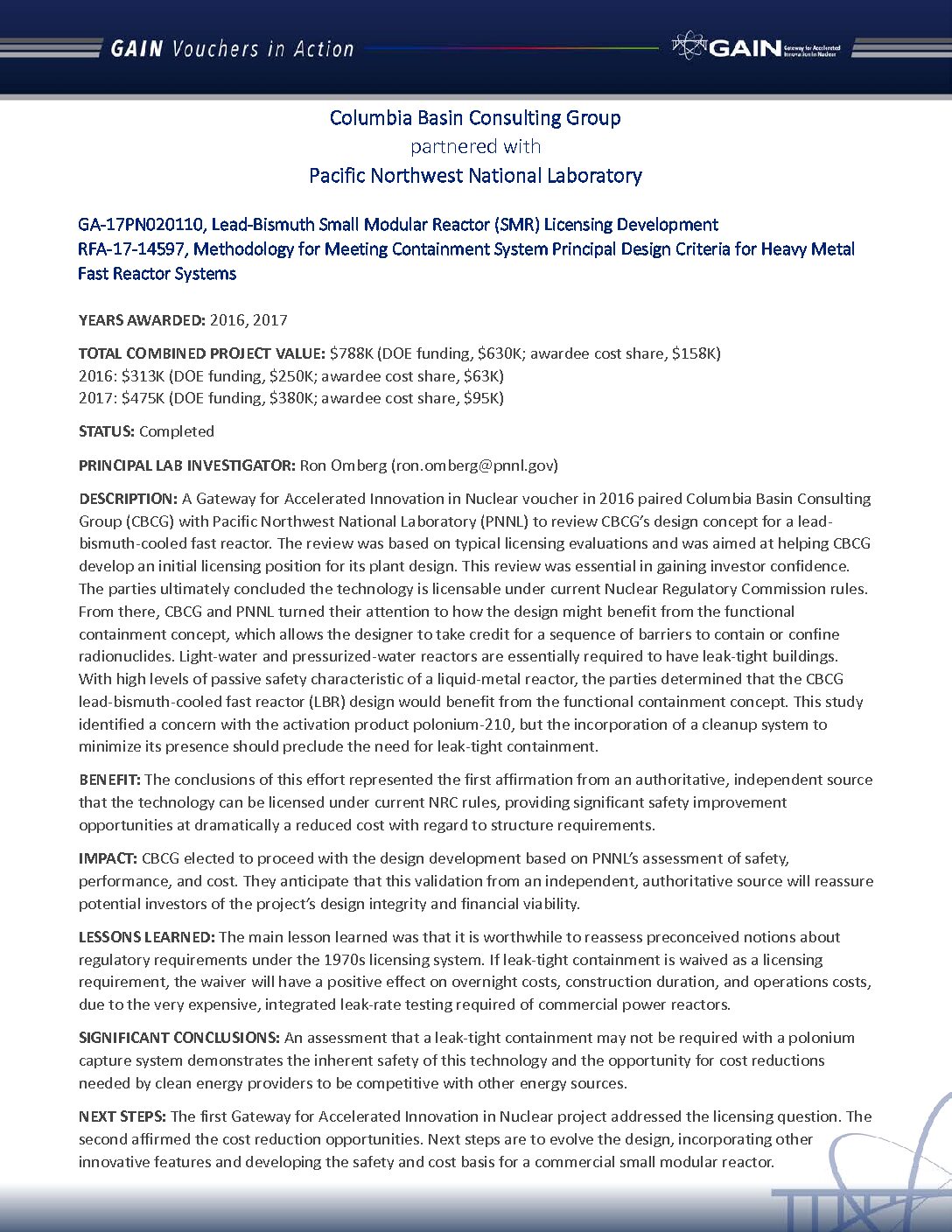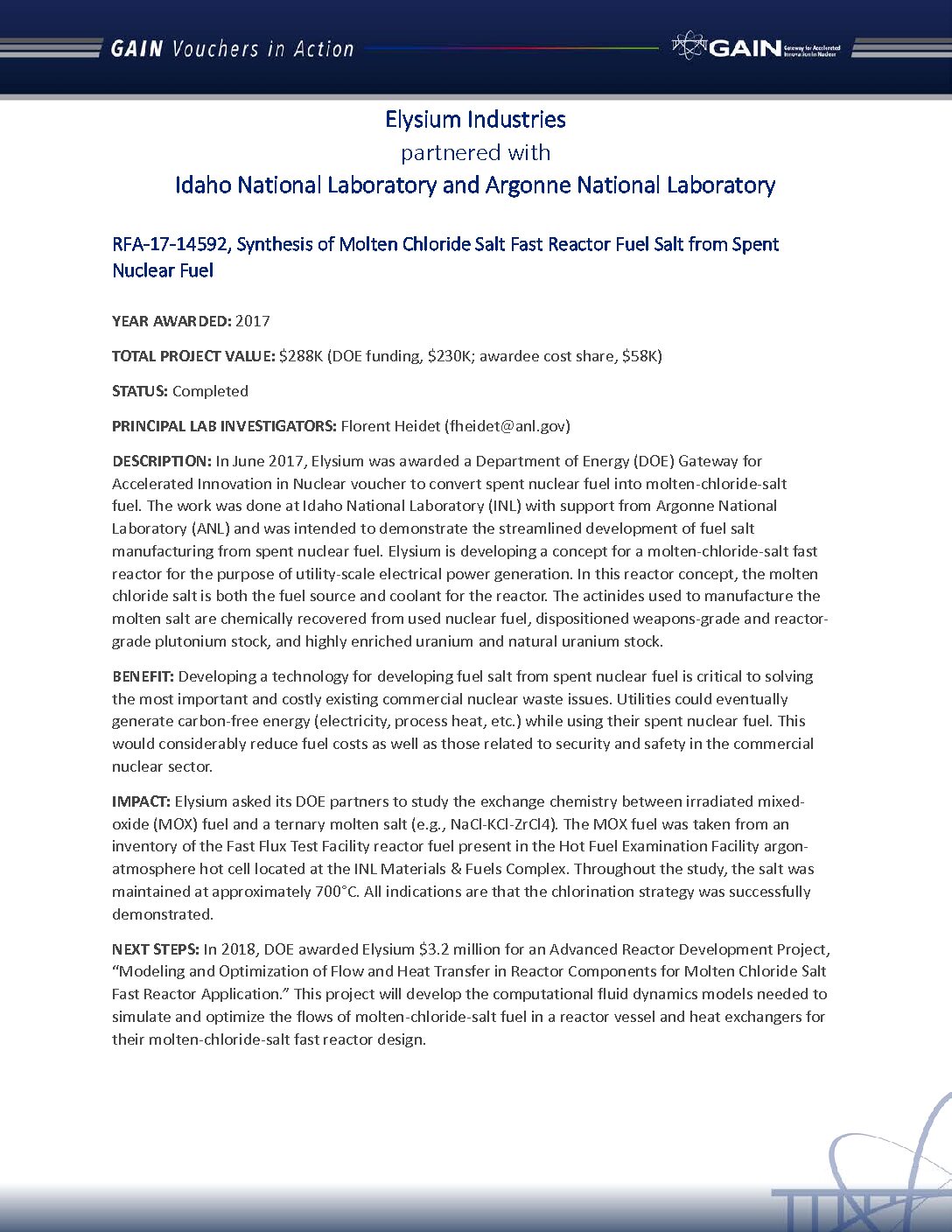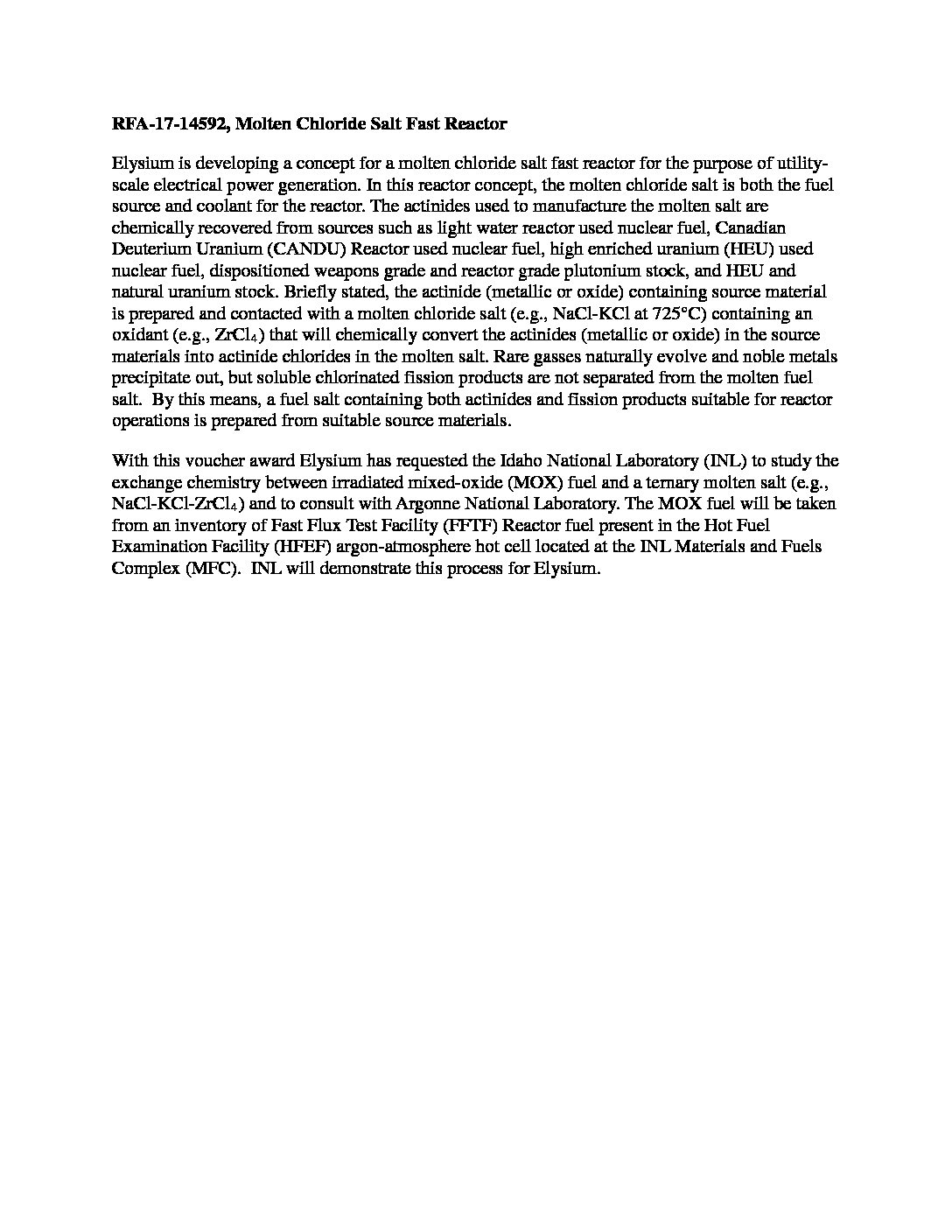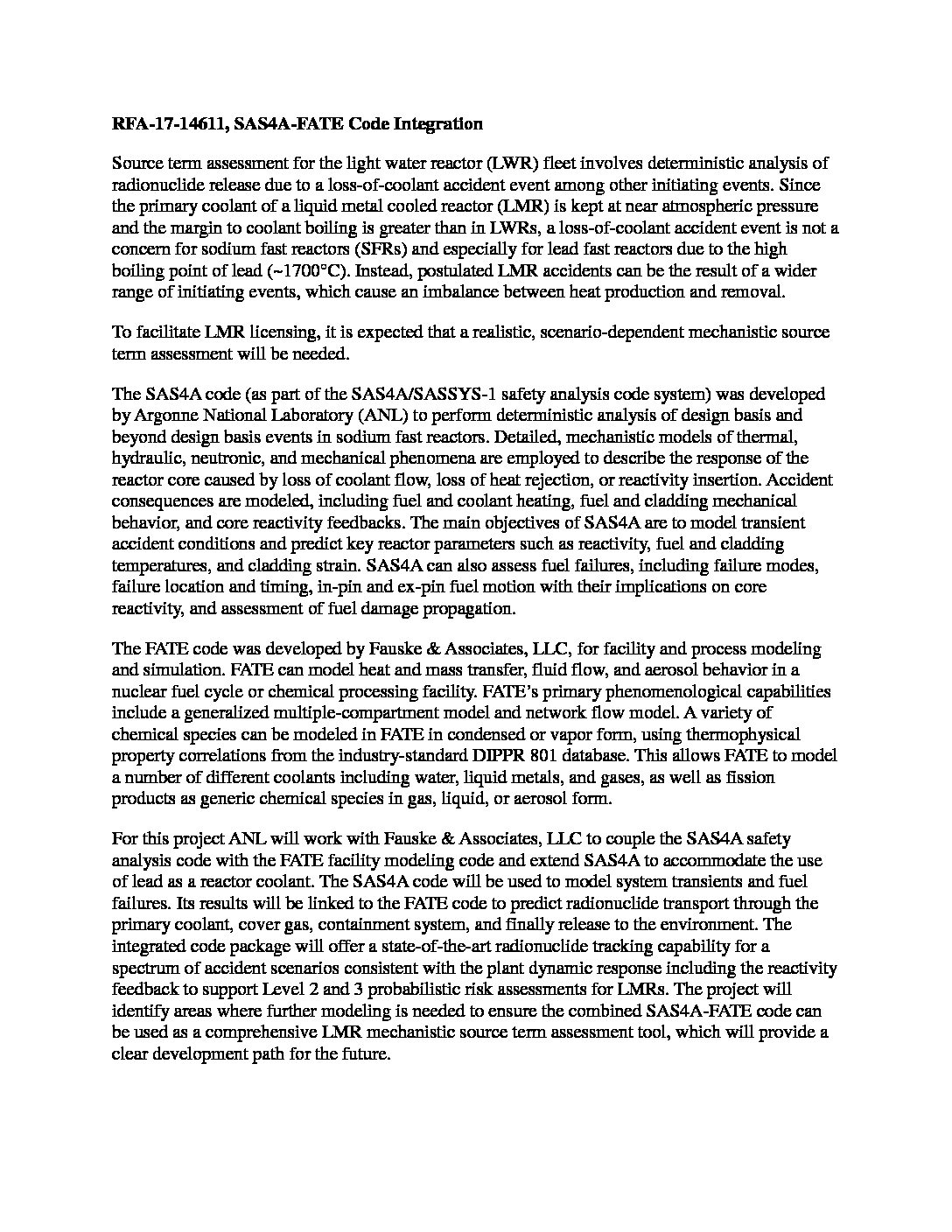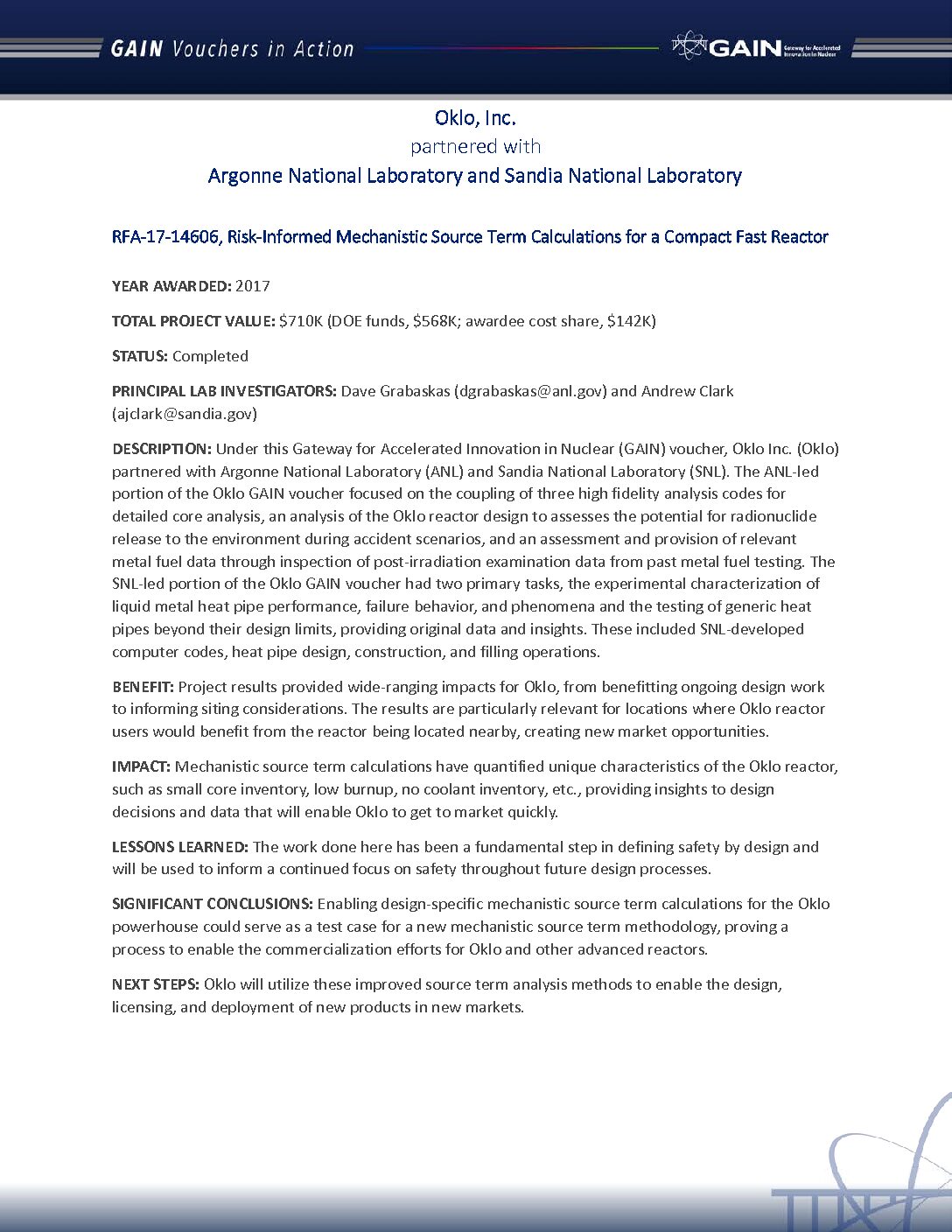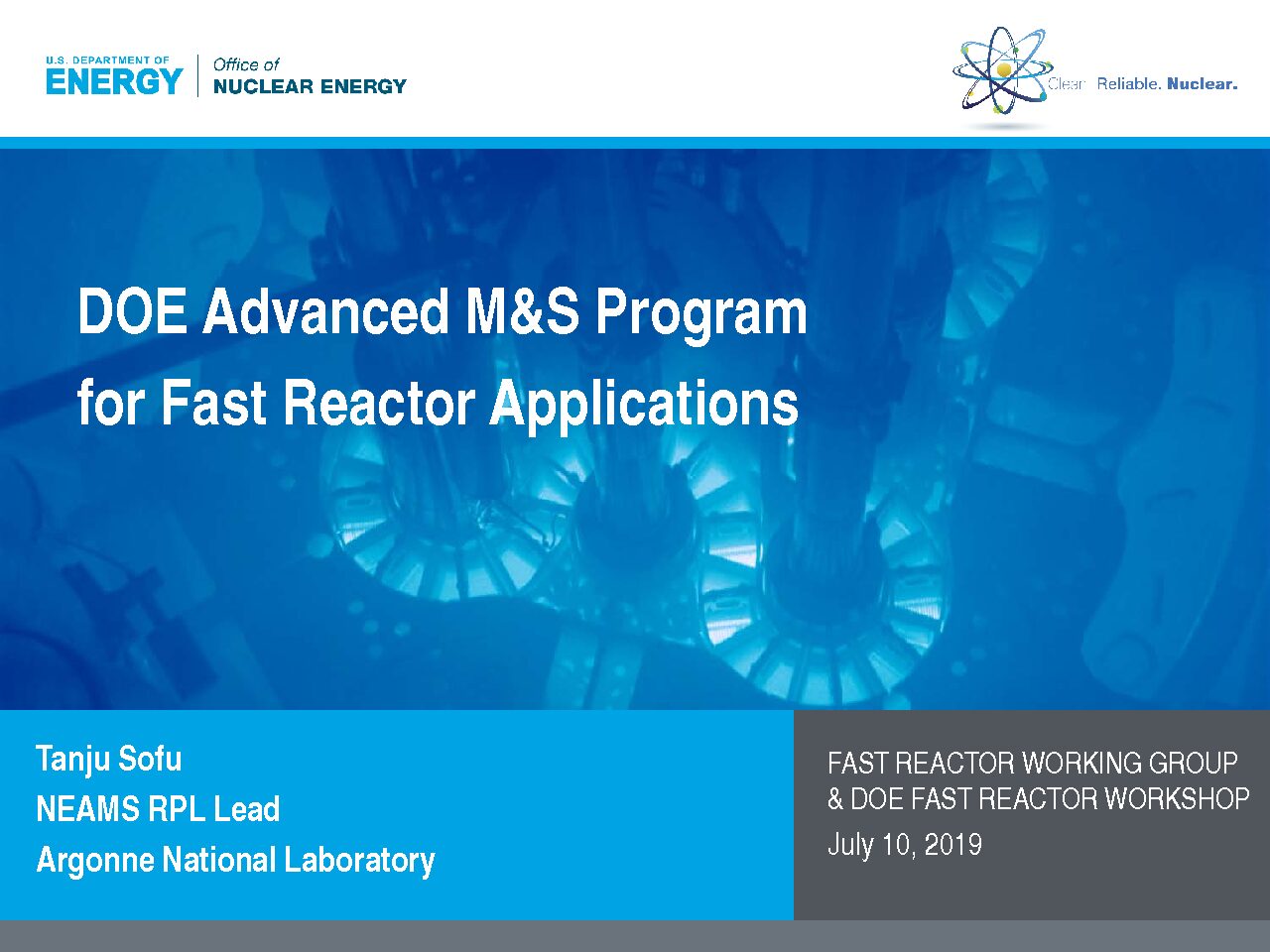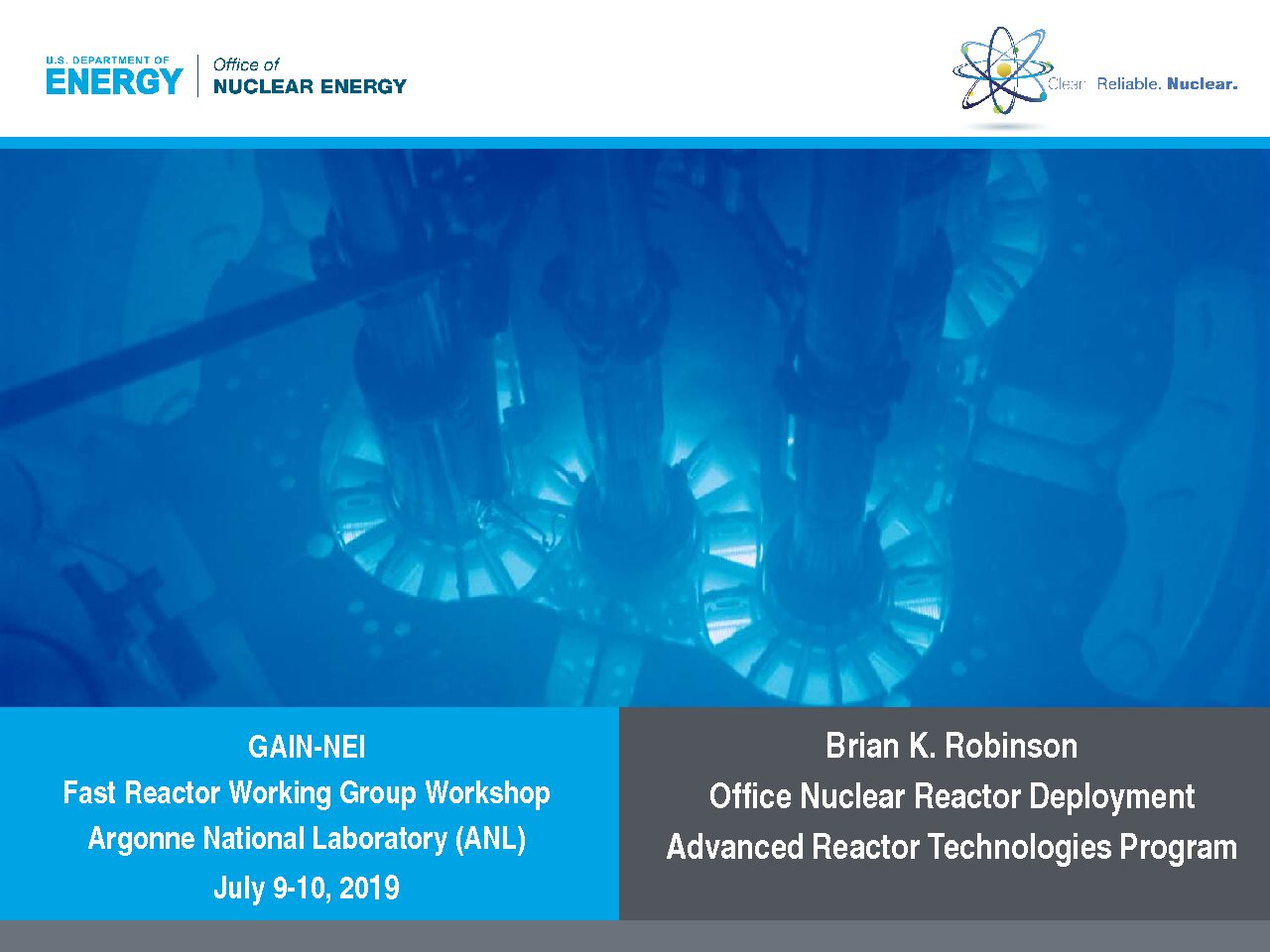Developing reliable, affordable sources of energy will be the next decade’s greatest challenge for U.S. power producers. Several U.S.-based companies are developing fast reactors, a type of advanced nuclear reactor, to help meet this unprecedented demand for energy.
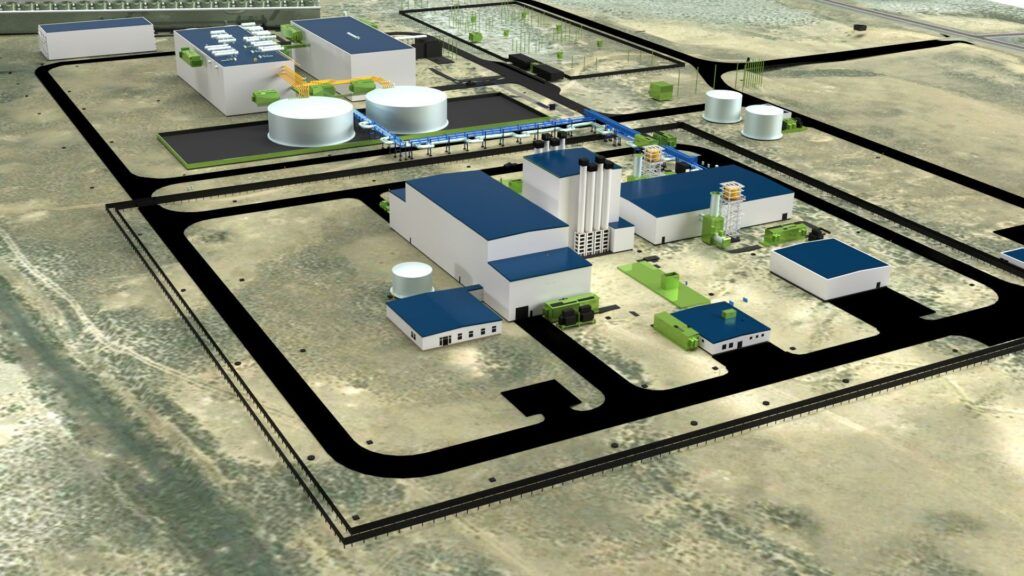
Types of Fast Reactors
Without a moderator, nuclear reactions in a fast reactor occur at high energies, producing more efficient fission reactions. Developers of this reactor type offer increased safety, reduced proliferation risk, improved management of nuclear waste, and industrial applications, all at a lower cost than traditional reactors. In some designs, the reactor can recycle waste from other reactors, or produce additional fuel.
Four types of fast reactors are being developed by U.S. companies: the Sodium-Cooled Fast Reactor (SFR), Lead-Cooled Fast Reactor (LFR), Gas-Cooled Fast Reactor (GFR), and Molten Salt Fast Reactor (MSFR).
Inherently Safe by Design
By operating in the fast spectrum with a liquid metal coolant, fast reactors are able to provide both high power density and passively safe operation. Fast Reactors rely on “fast neutrons” to cause fission, and can be designed without a moderator (e.g., water) in the reactor core. A liquid metal coolant allows for efficient heat transfer at low pressure, promoting natural circulation and passive decay heat removal. In the event of a rise in temperature, the physics of the reactor provides reactivity feedback that inherently reduces the reactor’s power.
This inherent safety behavior prevents severe accidents, as demonstrated by Experimental Breeder Reactor-II. Fast reactors using gas and salts can achieve similar inherent safety performance by passively removing heat and incorporating self-stabilizing reactivity feedback.
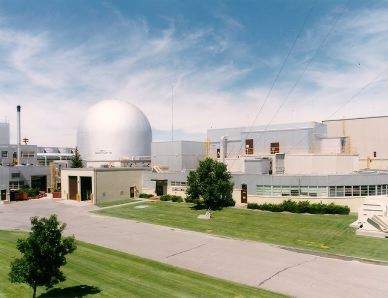
Fuel Cycle Features
The unique properties of fast reactors enable efficient fuel utilization and waste minimization. Fast reactors can operate with a favorable neutron balance; fission reactions in fast reactors are capable of creating more neutrons than consumed. By converting these excess neutrons into usable fuel materials, some fast reactors are designed to produce more fuel.
Fast reactors are also flexible to accept a wide range of fuel materials, with many designs capable of recycling the existing nuclear waste in a closed fuel cycle. The efficient fuel utilization of fast reactors can also enable some designs to operate for decades without refueling. Fast reactors offer fuel cycle flexibility, providing a robust fuel supply and improved nuclear waste management.
Load Following and Integration
By deploying fast reactors in an energy mix, power producers are able to provide reliable electricity to customers while integrating with other generation technologies, such as variable energy resources.
Flexible load following capabilities allow a reactor to adjust to demand and intermittent supply. In times when less power is needed, fast reactors have a ramp-down rate of fewer than 15 minutes. When the demand for energy increases, it can be ramped up to full power within minutes.
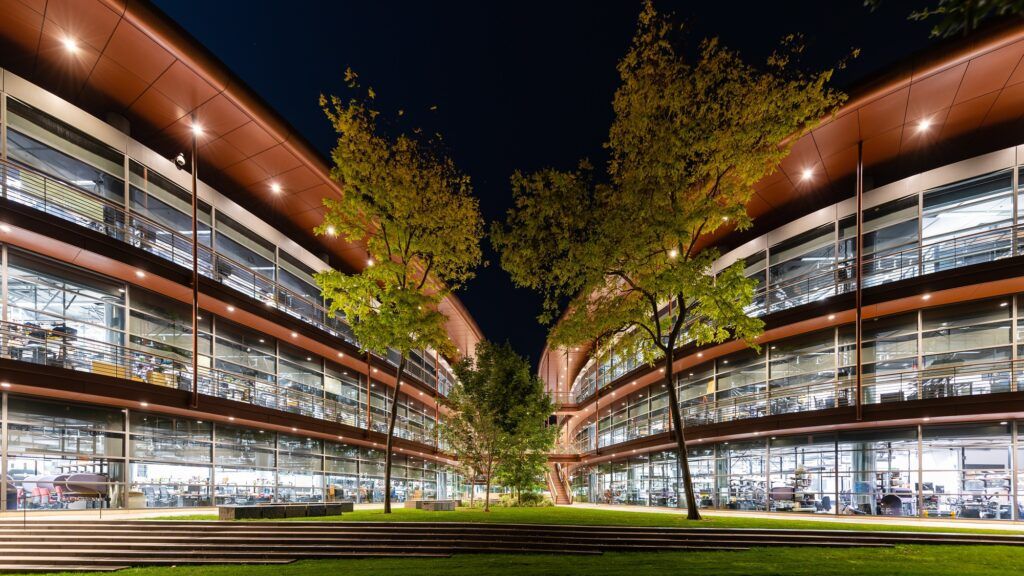
Resources About Fast Reactors
Download reports, presentations and additional resources about fast reactors.


